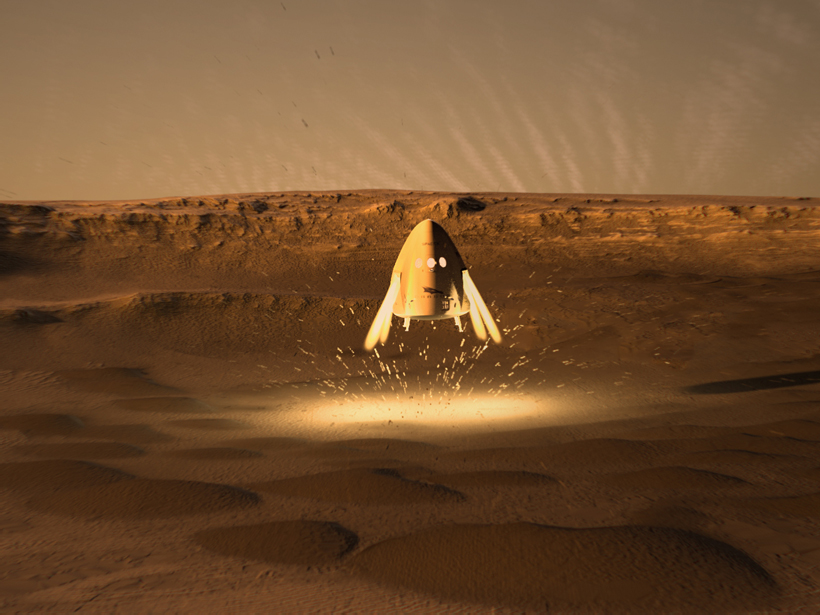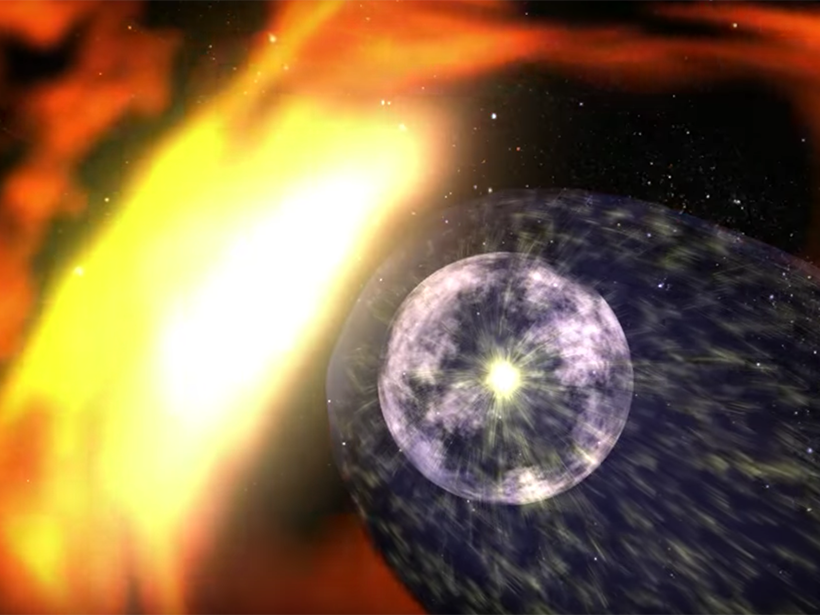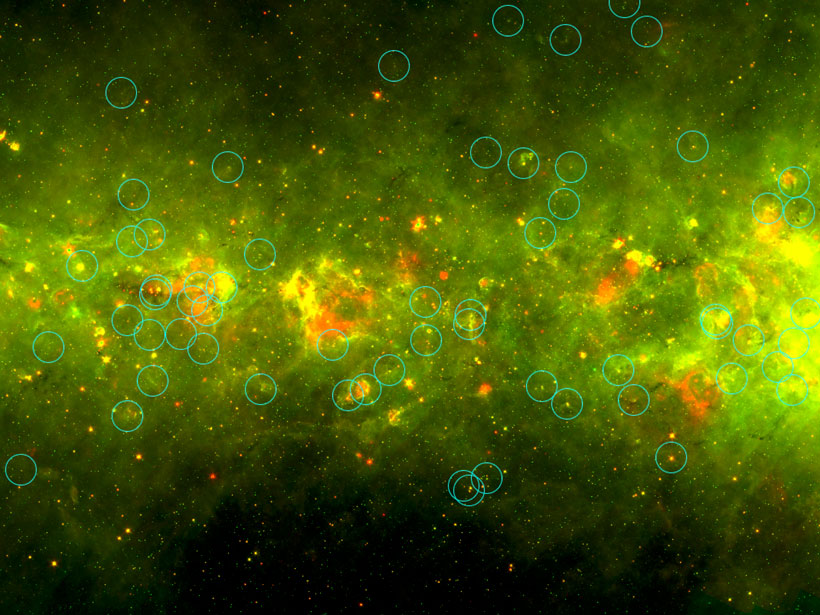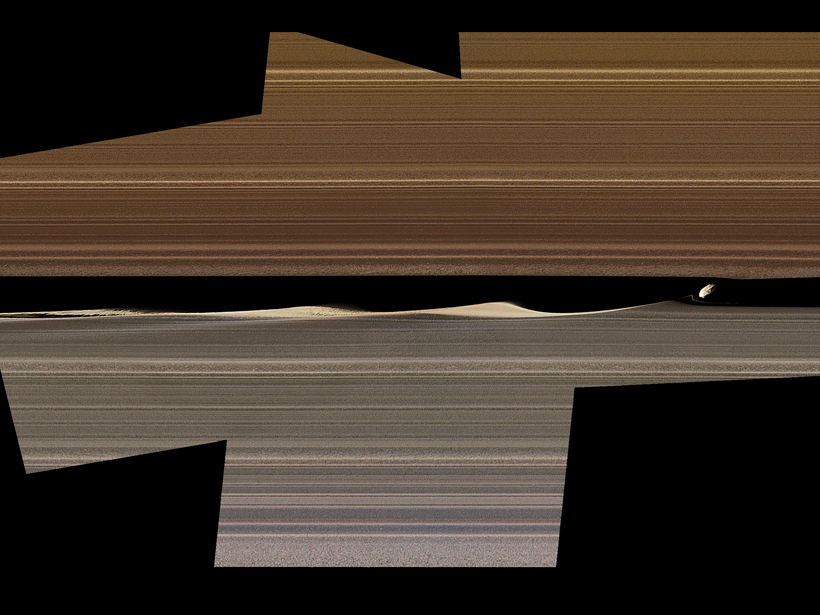The 2021 Surface Water and Ocean Topography (SWOT) mission will measure water surface elevation, slopes, and inundations of rivers as narrow as 50 meters.
NASA
Modern Planet Protection Rules Recommended and Welcomed
Protocols for the Moon and Mars, human exploration, ocean worlds, and the private sector are all due for a major overhaul.
What Inflates the Solar Bubble? Voyagers Count What’s Missing
The first in situ measurement of the pressure at the edge of the solar system reveals that there’s still a lot we don’t know about what sets the size of the heliosphere.
First Inside Look at Hot and Cold Ions in Jupiter’s Ionosphere
The first in-situ ion observations from NASA’s Juno spacecraft reveal the surprising, simultaneous presence of cold protons and hot oxygen and sulfur ions in the high-latitude ionosphere of Jupiter.
Scientists and Planners Face Challenge of Rising Seas
NASA Sea Level Change Team Meeting; Annapolis, Maryland, 11–13 March 2019
The “Yellowball” Catalog and the Citizen Science That Helped Define It
The online community of the Milky Way Project citizen scientists helped scientists identify compact star-forming regions now known as yellowballs.
The Cassini Mission May Be Over, but New Discoveries Abound
New analysis of high-resolution images shows ring textures and disruptions within Saturn’s rings in unprecedented detail.
Podcast: Apollo Moon Rocks
In the latest episode of its Centennial series, AGU’s Third Pod from the Sun interviews the curator of the Apollo Moon rocks.
How Cassini Ran Rings Around Saturn and What It Helped Us Learn
Once and future rings: During its final 22 orbits, the Cassini spacecraft provided a completely new look at one of our solar system’s most famous features.
Apollo’s Legacy: 50 Years of Lunar Geology
Samples of the Moon’s surface brought back by Apollo astronauts ushered in a new era of planetary science. Scientists today continue the legacy.










